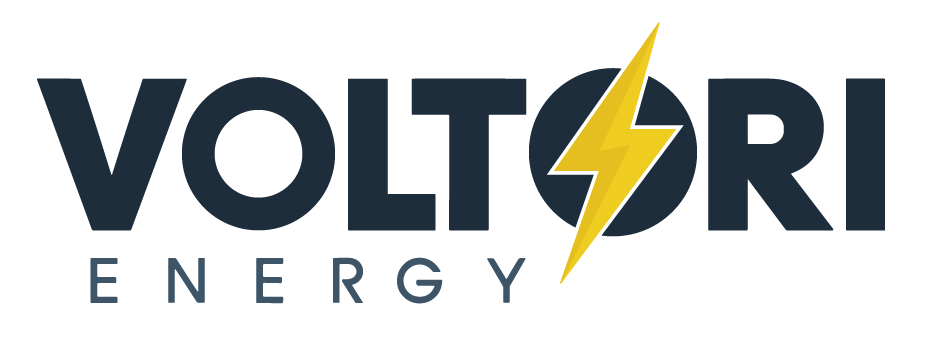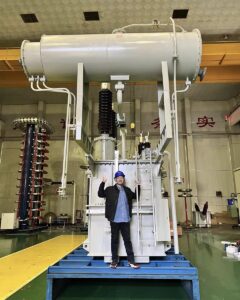Selecting the right transformers for Quebec's hydroelectric projects can be overwhelming. With Hydro-Québec's unique 735 kV transmission networkand extreme temperature variations, many engineering firms struggle to find compliant solutions that withstand these challenging conditions.
To select transformers for Quebec's hydroelectric power integration, you need equipment designed specifically for their 735 kV transmission network, capable of withstanding temperatures from -40°C to +35°C, meeting stringent environmental regulations, and satisfying local content requirements while addressing community concerns.
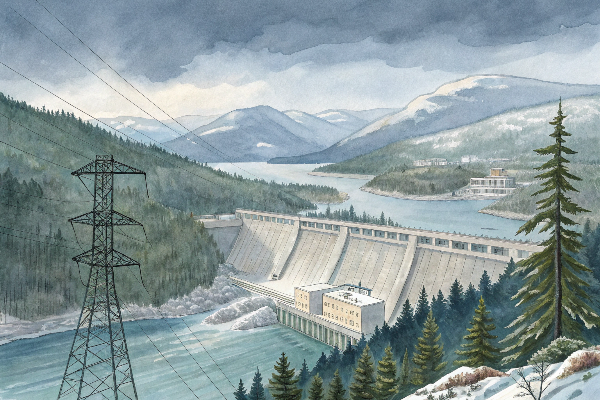
I've spent years navigating the complexities of transformer procurement for Quebec's unique power infrastructure. The considerations go far beyond basic electrical specifications. Let me walk you through what I've learned about selecting transformers that will perform reliably in this distinctive environment.
What is the Voltage of the Hydro-Québec Transmission?
The voltage requirements for Quebec's transmission network create major headaches for many suppliers. Standard North American transformers simply can't handle Hydro-Québec's unique voltage specifications without significant modifications.
Hydro-Québec operates one of North America's most distinctive transmission networks primarily at 735 kV, significantly higher than standard North American voltages. This requires specialized transformer designs with enhanced insulation systems and cooling mechanisms.
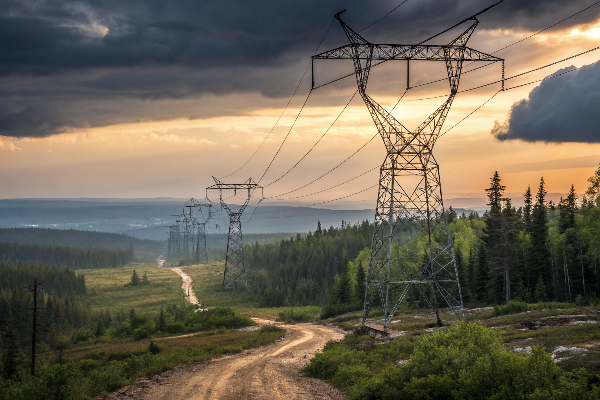
I've learned that Hydro-Québec's transmission system was revolutionary when first implemented in the 1960s. They pioneered the 735 kV ultra-high voltage transmission to efficiently move power from remote northern generating stations to southern population centers across vast distances. This design decision continues to shape transformer requirements today.
Hydro-Québec's Transmission Voltage Levels
| Voltage Level | Application | Special Transformer Requirements |
|---|---|---|
| 765 kV | Highest voltage interconnections | Enhanced insulation, specialized bushings |
| 735 kV | Primary transmission backbone | Extra-high voltage insulation systems, advanced cooling |
| 315 kV | Regional transmission | Heavy-duty tap changers, enhanced protection |
| 230 kV | Sub-regional transmission | Specific impedance requirements |
| 161 kV | Local transmission | Compatible with Quebec protection schemes |
| 120 kV | Distribution transmission | Winter peak load capability |
| 69 kV | Sub-transmission | Cold climate insulation systems |
The higher voltage means transformers need specialized insulation systems that can withstand greater electrical stress. From a supply chain perspective, this limits our supplier options significantly. We must work with manufacturers who have specific experience with extra-high voltage applications.
One challenge I frequently encounter is that standard testing facilities often can't accommodate these specialized units. We've had to develop relationships with specific testing laboratories that have the equipment necessary to properly verify performance at these voltage levels. I always ensure our procurement team accounts for these specialized testing requirements when scheduling projects for Quebec.
What is the Standard Voltage in Québec?
Many suppliers assume Quebec follows standard North American distribution voltages. This misconception has caused costly rework when transformers arrive incompatible with local systems.
The standard distribution voltage in Quebec is 120/240V single-phase and 347/600V three-phase, differing from the 120/208V three-phase common elsewhere in North America. Additionally, Quebec's grid frequency is 60 Hz, though transformers must account for possible frequency fluctuations.
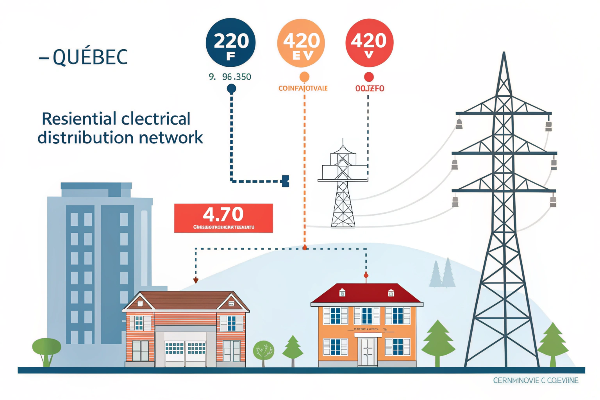
Quebec vs. Standard North American Distribution Voltages
| Service Type | Quebec Standard | Typical North American Standard | Transformer Implications |
|---|---|---|---|
| Residential Single-Phase | 120/240V | 120/240V | Standard residential designs applicable |
| Commercial/Industrial Three-Phase | 347/600V | 120/208V or 277/480V | Specialized winding configurations needed |
| Grid Frequency | 60 Hz with fluctuation tolerance | 60 Hz | Enhanced frequency stability design |
| Temperature Range | -40°C to +35°C | -20°C to +40°C typically | Special insulation and oil formulations |
The distribution voltage standards in Quebec reflect their unique development path. I've found that working with local distribution requirements requires special attention to transformer specifications. While residential service is typically 120/240V single-phase (similar to other North American regions), commercial and industrial services often use 347/600V three-phase systems.
This divergence creates unique challenges in our supply chain. We need to ensure our transformer specifications explicitly account for these voltage requirements. I've implemented a rigorous review process where our engineering team double-checks all voltage specifications against Quebec standards before orders are placed.
Another consideration is the network's stability. Though Quebec operates at 60 Hz like the rest of North America, its somewhat isolated grid can experience frequency fluctuations during extreme load conditions or disturbances. Our transformers need to accommodate these variations without performance degradation.
Who is Opposition to Hydro-Québec Transformer Station?
Transformer station projects in Quebec often face unexpected resistance. Without understanding local concerns, companies can experience costly delays and damaged community relationships.
Opposition to Hydro-Québec transformer stations typically comes from local residents concerned about electromagnetic fields (EMF), noise pollution, property values, visual impact on landscapes, and environmental groups focused on habitat disruption and potential oil leaks.

Common Opposition Concerns and Design Solutions
| Concern | Source of Opposition | Design/Procurement Solution | Cost Impact |
|---|---|---|---|
| EMF Exposure | Local residents | Enhanced shielding, increased setbacks | +5-10% |
| Noise Pollution | Nearby neighborhoods | Low-noise core materials, enhanced enclosures | +7-15% |
| Visual Impact | Community groups | Architectural enclosures, landscape screening | +10-20% |
| Oil Leakage | Environmental organizations | Enhanced containment, bio-degradable fluids | +15-20% |
| Habitat Disruption | Environmental/Wildlife groups | Compact station design, habitat restoration | +5-10% |
| Traditional Land Use | Indigenous communities | Local partnerships, benefit agreements | Project-specific |
I've witnessed firsthand how community opposition can derail even the most technically sound transformer station projects. Understanding these concerns has become an essential part of our planning process for Quebec installations.
The EMF concerns, while scientifically contested, remain powerful motivators for community action. We've responded by sourcing low-noise core materials and designing stations with greater setbacks where possible. This sometimes requires more land acquisition, but I've found the investment prevents costly delays from opposition.
Visual impact concerns have led us to rethink standard transformer enclosures. For sensitive locations, we now source components that allow for more aesthetically acceptable designs, sometimes including architectural elements that reflect local character. Though these specialized enclosures cost more upfront, they often save money by smoothing the approval process.
What is the Power System of Hydro-Québec?
Many transformer suppliers underestimate the complexity of integrating with Hydro-Québec's power system. This ignorance leads to equipment incompatibility and project failures.
Hydro-Québec operates a massive power system generating 37,200 MW primarily from 63 hydroelectric stations, with an extensive transmission network spanning 34,272 km of lines at multiple voltage levels. The system functions as a nearly isolated grid with limited interconnections to neighboring regions.

Hydro-Québec Power System Characteristics
| System Component | Specifications | Transformer Selection Implications |
|---|---|---|
| Generation Capacity | 37,200 MW (94% hydroelectric) | Must handle hydroelectric fault characteristics |
| Transmission Network | 34,272 km of lines | Long-distance transmission impacts protection needs |
| Generation Pattern | Northern generation, southern load | Extra-high voltage transmission transformer needs |
| System Isolation | Limited interconnection capacity | Enhanced reliability requirements |
| Peak Demand | Winter-peaking (electric heating) | Cold-weather performance critical |
| System Inertia | High hydro-based inertia | Special transient response requirements |
| Operating Reserve | Limited by interconnections | Reliability during contingencies critical |
Hydro-Québec's power system presents unique integration challenges that have shaped my approach to transformer procurement. The system's scale is impressive – generating enough electricity to power all of Quebec with surplus for export. The majority comes from massive hydroelectric complexes in northern regions like James Bay.
This northerly generation creates long transmission distances to southern population centers, necessitating the 735 kV backbone transmission network. For transformer applications, this means we need units capable of handling the unique protection schemes Hydro-Québec employs to maintain stability across these distances.
The isolation of Quebec's grid is another critical factor. While interconnections exist with Ontario, New York, New England, and New Brunswick, these ties are primarily DC links or asynchronous connections. This means transformers must operate reliably with limited backup from neighboring systems. I insist on enhanced quality control for Quebec-bound units, including additional factory testing beyond standard requirements.
Conclusion
Selecting transformers for Quebec's hydroelectric integration demands specialized knowledge of their unique voltage standards, climate challenges, community concerns, and complex power system. At Voltori Energy, we deliver custom transformers engineered specifically for Quebec's distinctive requirements, ensuring reliable performance in Canada's most unique electrical grid.
